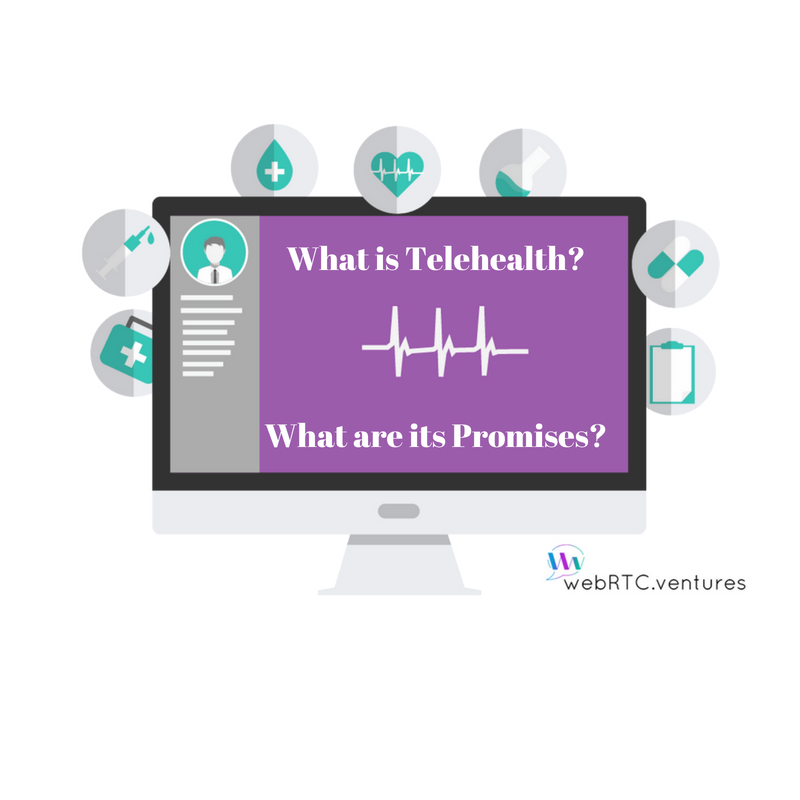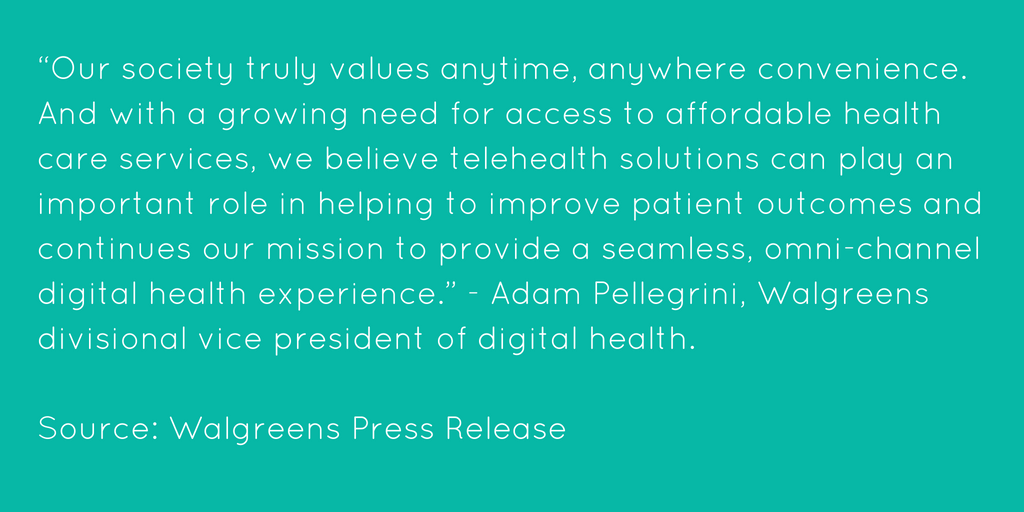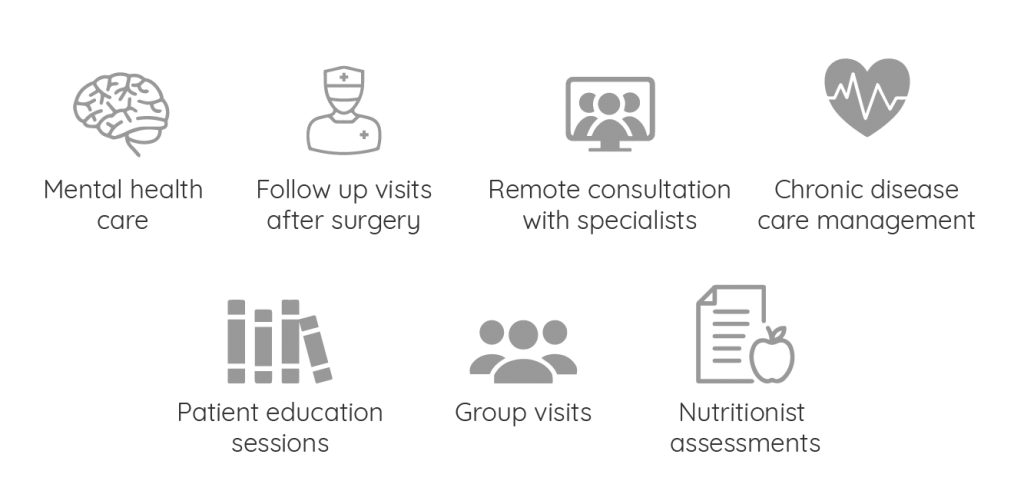There has been much talk about telehealth lately but what is it exactly? According to Mosby’s Medical Dictionary, telehealth is defined as:
The use of telecommunication technologies to provide health care services and access to medical and surgical information for training and educating health care professionals and consumers, to increase awareness and educate the public about health-related issues, and to facilitate medical research across distances.
What are the promises of telehealth and why are many health and wellness businesses considering adding it as a service and/or solution? Healthcare costs are rising for many reasons, including aging populations who require more complex services. One way to reduce the costs of healthcare is to emphasize preventative care, which allows providers and patients to take a more proactive approach to maintaining a healthier lifestyle or managing care for an existing chronic disease.
To many, telehealth offers the ability to obtain preventative care. Preventative care and follow-up visits are often neglected by patients, for many reasons. This may be simply because we live busy lives and often neglect our health. Low-income patients may not be able to afford transportation to or co-payments for visits to their primary care provider or a specialist, resulting in missed follow-up visits. Patients from more remote areas may not have the ability to travel long distances to get the care they need; transportation needs, the cost of fuel or taking long stretches of time off from work to travel can be prohibitive to a patient.
By focusing on preventative care, patients are also less likely to hold off from addressing escalated health issues that, if unattended, could warrant an admission to the emergency room. If a hospital admission is necessary, then the next goal becomes to reduce the likelihood that the patient will be readmitted for the same condition in the future. Follow-up visits become crucial in preventing hospital readmissions.
By conducting medical care remotely via telehealth software is a great way to address patients’ needs for accessible healthcare. Remote surgery and complicated diagnoses are not advisable over public internet connections, where a brief drop in video quality may cause harm to the patient. Most medical visits don’t involve a scalpel and scrubs, and for these consultative sessions, telehealth applications based on WebRTC video technology are perfect.
Healthcare providers, ranging from those in large health systems to those in small physician practices, are responding to the need for accessible healthcare. In 2015, Walgreens announced use of the MDLIVE telehealth platform would be available in multiple US states and allow patients on mobile devices to meet with certified physicians and receive e-prescriptions through the application.
The American Telemedicine Organization released a study of pregnancy care in Georgia, where they showed that underserved populations have higher rates of pre-term babies (18.2%) and associated health problems. Mothers in these high-risk populations often find it hard to afford or find transportation to the hospital for important prenatal care visits. Study participants were placed in groups with other mothers who were due in the same month, and they met online regularly; their rates of pre-term births dropped to 8.1%. The access to healthcare for these mothers seems to have resulted in positive outcomes in the decreased rate of pre-term births.
Reasons you might use a telehealth app:
Any situation where a remote visit can make the medical care more convenient, while still maintaining high value and quality, will likely improve the care your patient is receiving and reduce costs!
Telehealth is not simply about cutting costs. It also promises to save lives by making it easier and faster for everyone to receive the medical care they need, regardless of their location. This is technology worth investing in, for the sake of your organization and more importantly, your patients.
Think a Telehealth Solution may be right for your healthcare business?
We have a telehealth platform that is already built and can be quickly white-labeled and licensed for your use. We have decades of experience with over 200,000 hours invested in building real-time applications. You can read a client testimonial here.
Contact us today. We’ll help you get your user-friendly, HIPAA-compliant app — up and running with both the provider and patient in mind.







